Home ownership articles
Give us a call
Open between 8 a.m. and 8 p.m. Monday to Friday,
9 a.m. and 5 p.m. Saturday to Sunday
in all local time zones across Canada
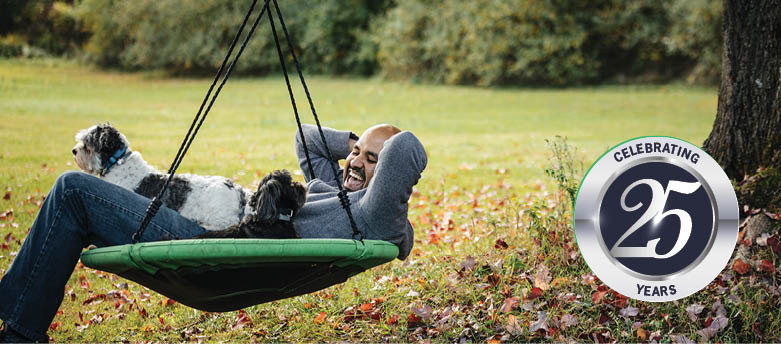
Twenty-five years ago, we challenged traditional banking by creating Manulife One—an all-in-one mortgage, line of credit and bank account to help homeowners take control of their money.
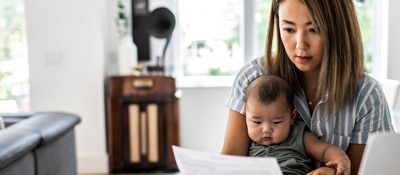
Tap into the power of all-in-one banking.

Bridge financing is a short-term loan homeowners use when they need funds to close a real estate deal on a new home, before their current home sale closes.

Many Canadians downsize near retirement but may not realize the risks. Here’s what to keep in mind if you’re thinking about selling your home when you retire.
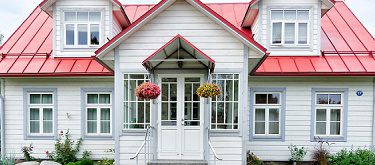
Learn the difference between an all-in-one, readvanceable mortgage like Manulife One, and a traditional mortgage such as Manulife Bank Select.
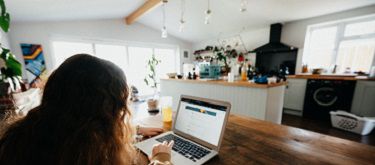
Are you considering mortgage financing for your home renovation? Whether you’re buying a fixer-upper or ready to update your current home, here’s what you should know.
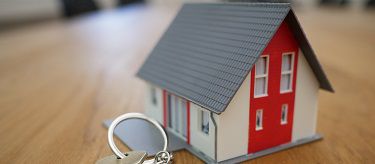
Learn about the benefits of a mortgage sub-account, tracking vs. term sub-accounts, and how to use a sub-account to pay off your debt faster.
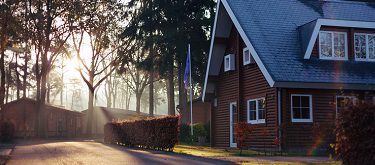
Learn how much it costs to build a house in Canada, including often-overlooked expenses as well as financing options for building your own home.
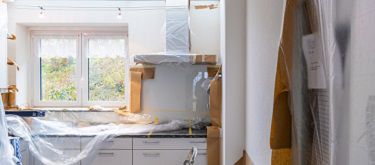
If you’re eager to fix up your home but not sure how to go about financing your home renovations, here’s what you need to know about the options for Canadians.
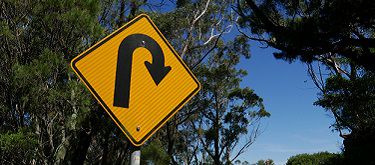
These common mortgage mistakes could cost you thousands and make it tough to meet your long-term financial goals. Here’s what to do instead.

Here’s what you need to know about helping your child with a down payment to buy a home.
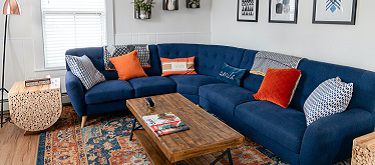
Learn about what to consider, what to watch for, and how to go about making the wisest decision when getting into the real estate market.
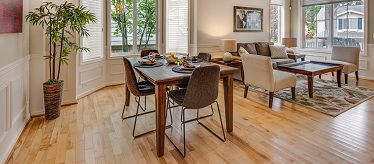
Want to stage your home for a quick sale? Here are 5 simple home staging tricks you can do yourself to increase your home’s potential to prospective buyers.
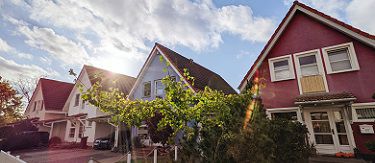
You found your dream home, submitted an offer, and it’s been accepted. Congrats! Here’s what you need to do after the sellers accept your offer.
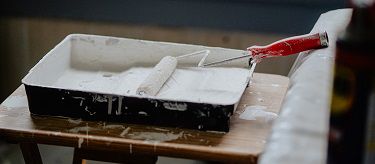
Learn which DIY home projects offer the best return on your investment and which updates don’t offer great value, so you can make the smartest decision for your situation.
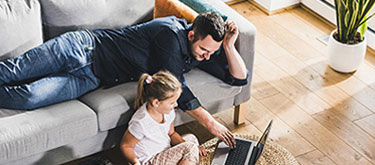
Learn about how to use the equity in your home, how to calculate it, and the pros and cons of using it to help you reach your financial goals sooner.
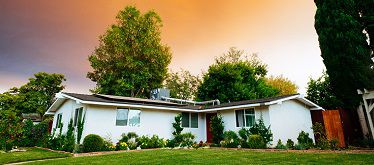
Buying a home or refinancing your mortgage? Here’s what you need to know about readvanceable mortgages, one of the less-familiar – but oh-so powerful – mortgage options.

Your home might be the biggest investment you make. Understanding how mortgage insurance works could help you make wiser decisions about saving for a home.
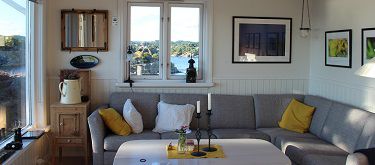
Learn about new Canadian Mortgage and Housing Corporation (CMHC) mortgage rules coming on July 1, 2020 and how they could impact your home buying plans.
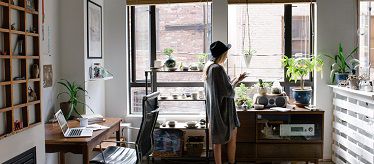
In part two of our three-part series on financial literacy, we want to help break down some common questions about home ownership.

This tax season, invest some time to learn how to keep more of your money in your own pocket. These nine homeowners' tax credits are a great start.
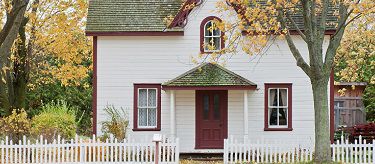
What should your credit score be to buy a house? Here's what you'll have to know about your credit before signing the dotted line on your next home.
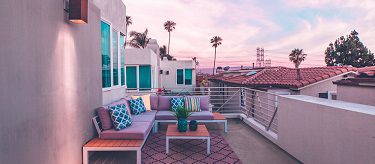
Buying a house with debt isn't ideal — then again, life rarely is. Find out when it's a good financial move to buy a home, even with debt.
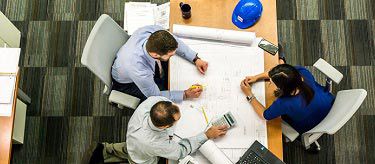
Whether you want to create your dream home or increase your house’s value for sale, you need to find a contractor you can trust. Here’s what to ask when hiring a contractor.
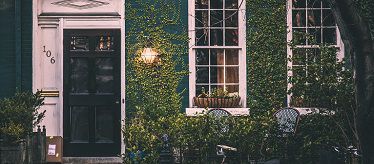
It's easy to fall in love with a house at first sight. Here's how to create a homebuying checklist that'll keep you grounded at your next open house.

Is mortgage stress keeping you up at night? Use these five tips to gain peace of mind about managing your mortgage and financial stress.
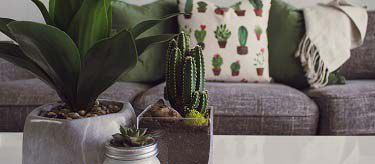
If you've been thinking about renting out your space on Airbnb, here are five questions to ask yourself before you turn your space into an income property.
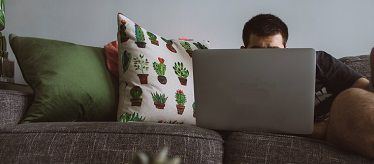
It's a common myth that buying a house when single doesn't make financial sense. Here's how to become a homeowner on a single income.

Breathe easy, first-time homebuyer. As intimidating as the homebuying process can seem at first, if I figured it out, you can too.
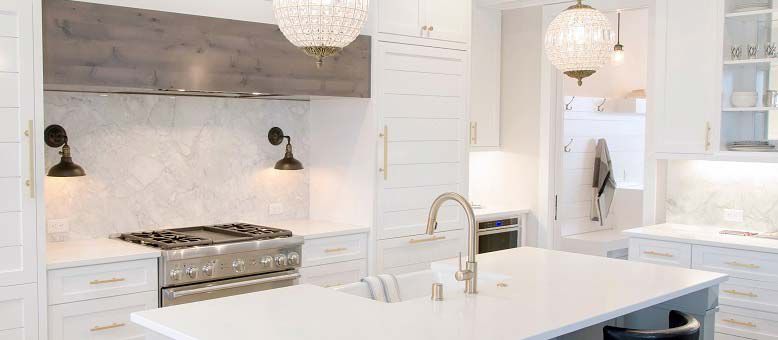
Take these 8 home improvement steps to keep your home up to date without taking on a lot of debt and stress.
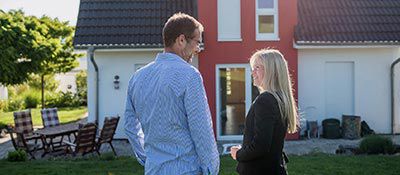
A rental property can be a great investment, but it’s a big commitment and the rules associated with being a landlord can be complex. These five steps will help you prepare.
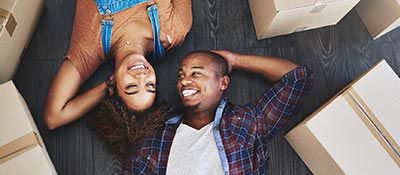
Buying your first home can feel overwhelming, but these five steps will help you prepare. And step 5? It’s “make an offer” – so you’re that close to owning your own home.
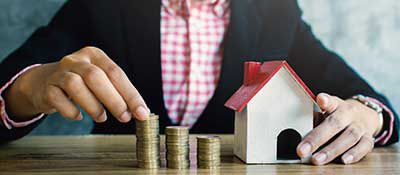
Buying a home is exciting, but no one ever said it’s cheap. There’s your mortgage payment, of course. But there are also several one-time costs and ongoing expenses you need to plan for.
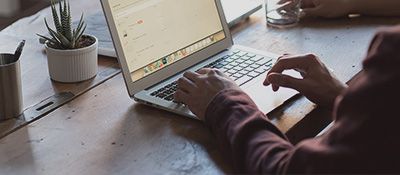
The process of buying a home is easier when you understand what it all means. These clear definitions of common mortgage terms will help you learn the lingo.
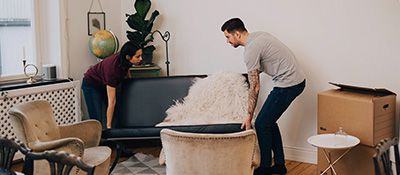
Buying a new home or property? Or, maybe your mortgage is up for renewal soon? Either way, you should understand your options. Let’s start with a few key facts about mortgages.
Open between 8 a.m. and 8 p.m. Monday to Friday,
9 a.m. and 5 p.m. Saturday to Sunday
in all local time zones across Canada